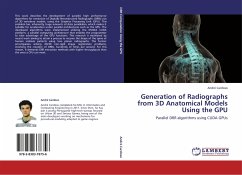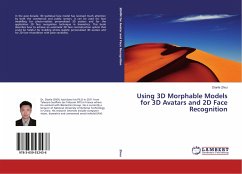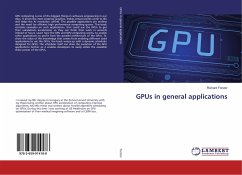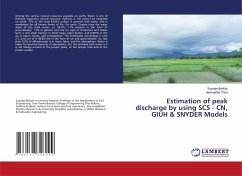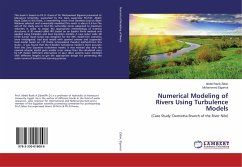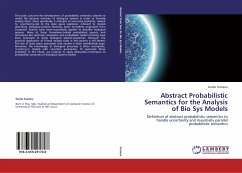This work describes the development of parallel, high performance algorithms for extraction of Digitally Reconstructed Radiographs (DRRs) out of 3D vertebrae models, using the Graphics Processing Unit (GPU). This problem has, inherently, huge amounts of data parallelism, which makes it suitable for acceleration under parallel architectures such as the GPU. The developed algorithms were implemented utilizing the NVIDIA CUDA platform, a parallel computing architecture that enables the programmer to take advantage of the GPU functions. This research is motivated by recent work aiming to attain a process to recover the shape of the spine of human scoliosis patients using two planar radiographs. The former encompasses solving 2D/3D non-rigid image registration problems, involving the creation of DRRs, hundreds of times per second. For this reason, it demands DRR extraction methods with higher throughputs than the ones a CPU can meet.

